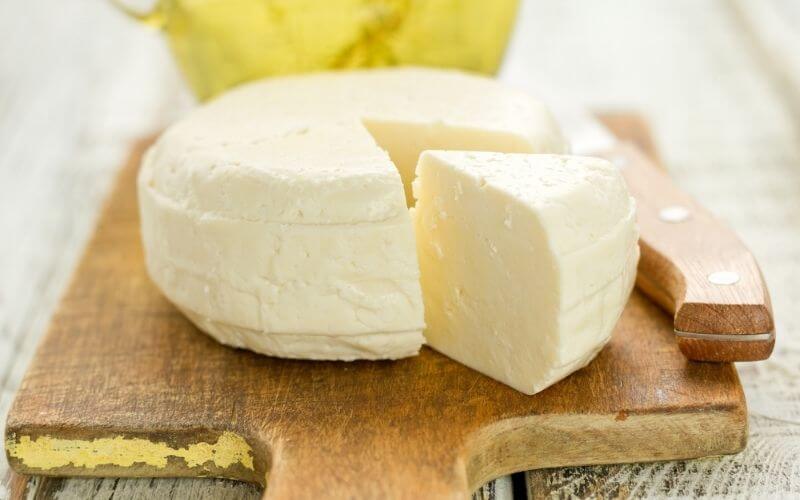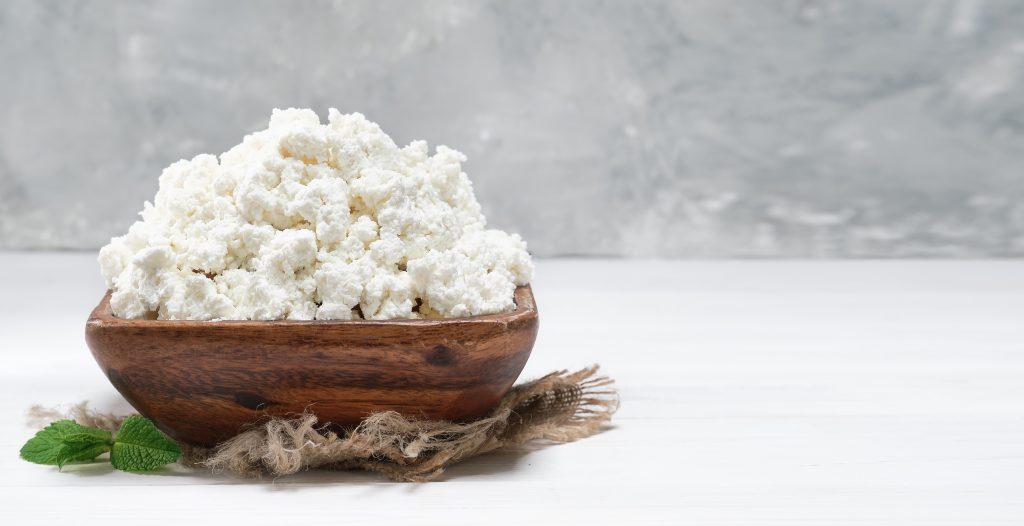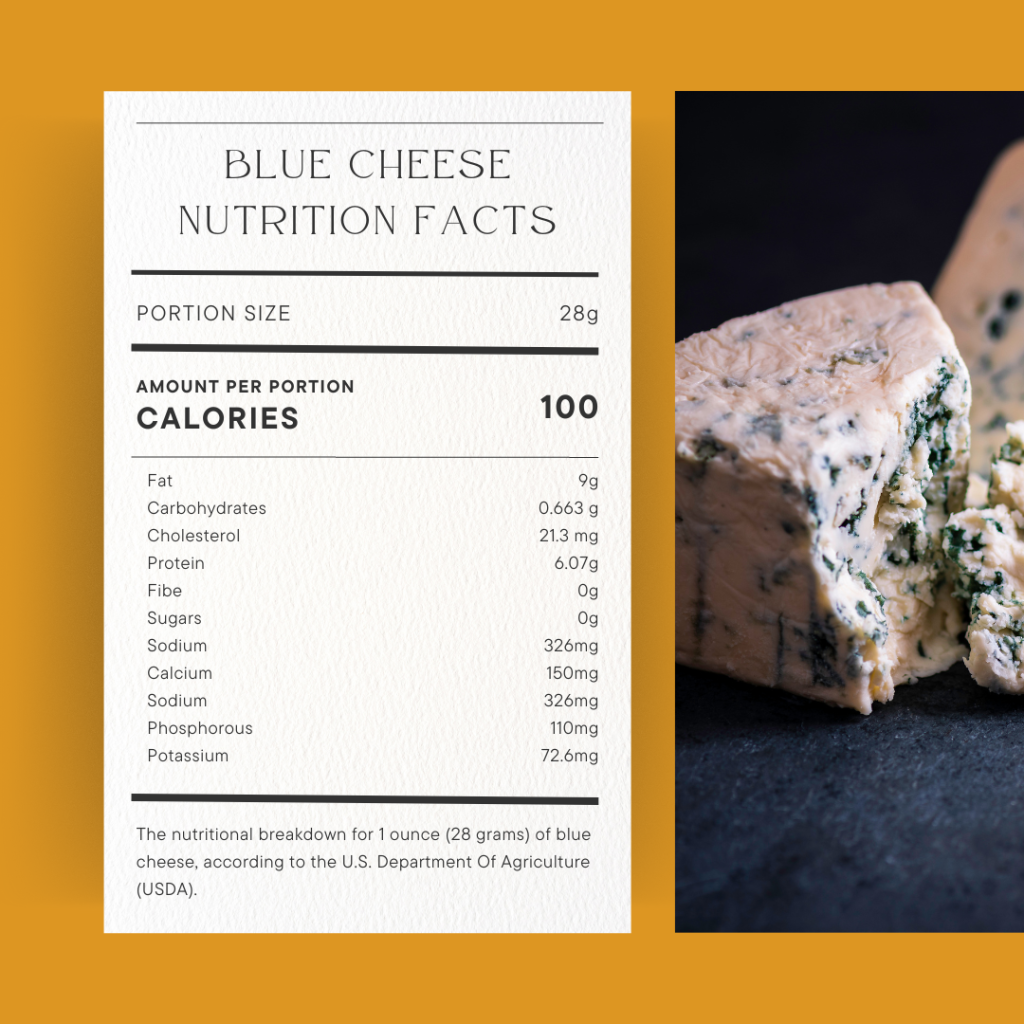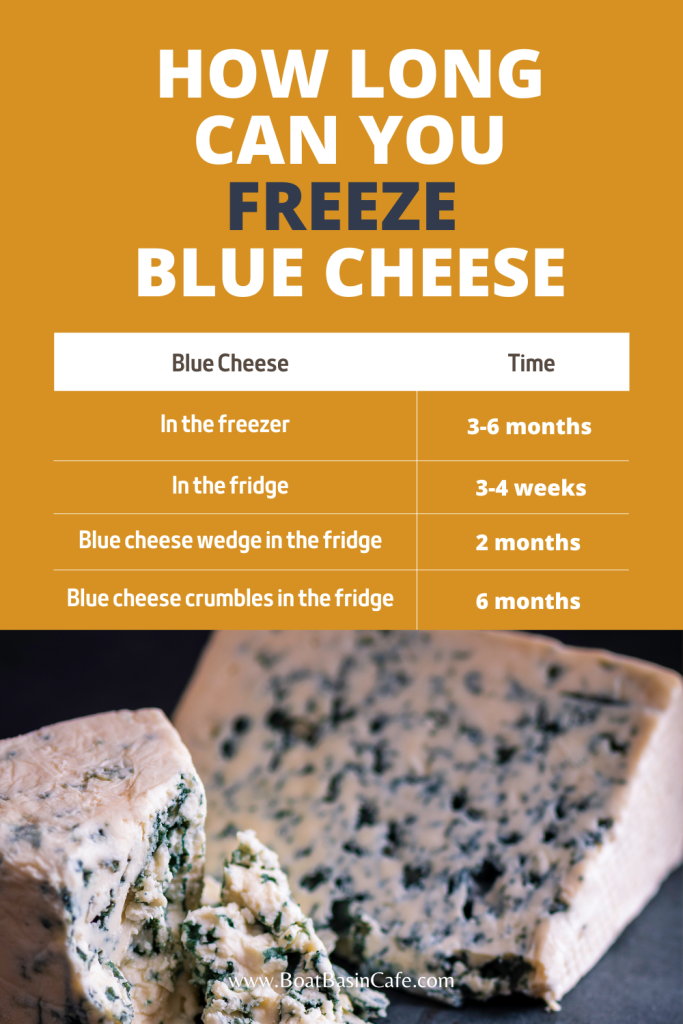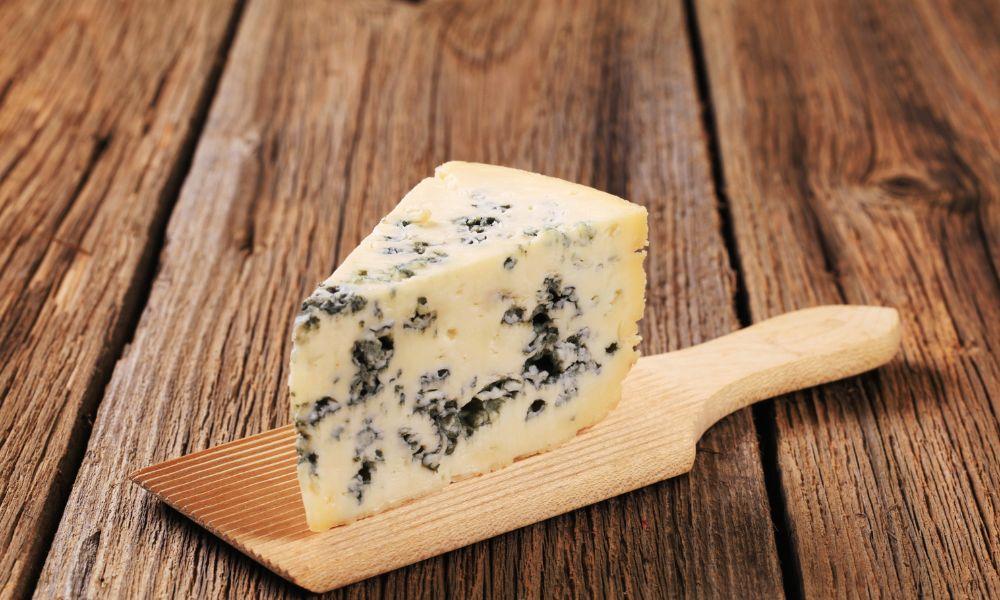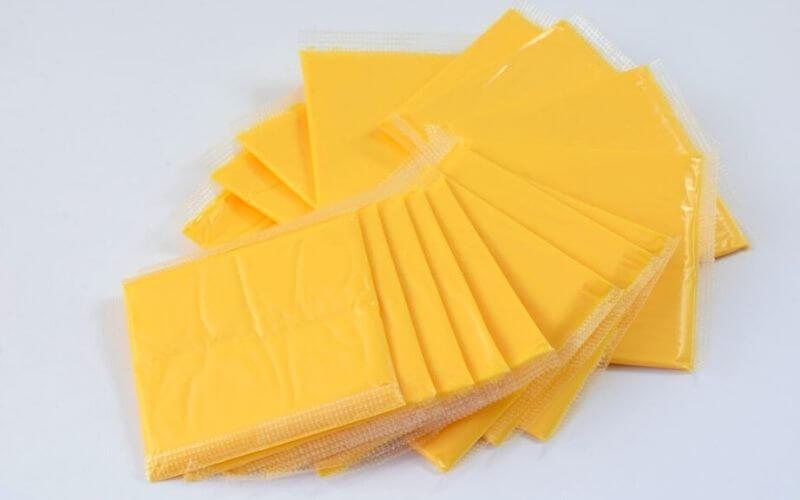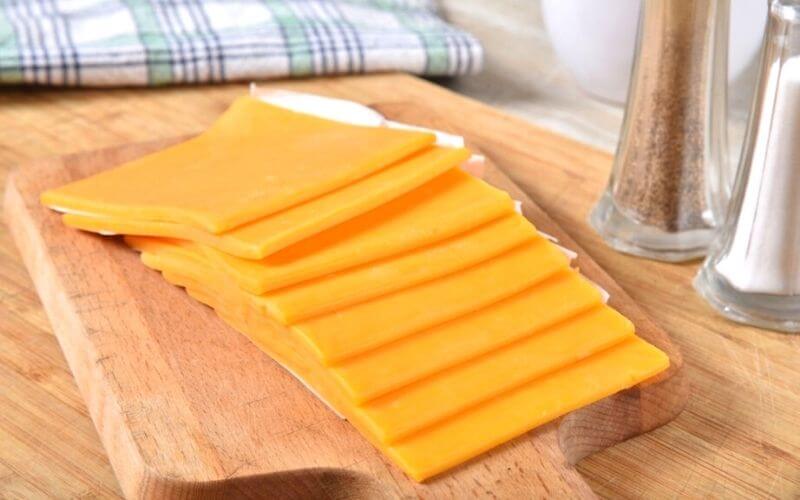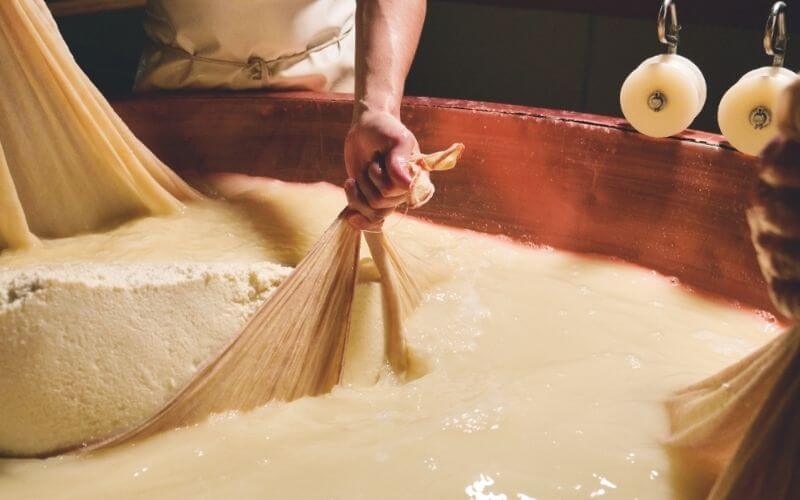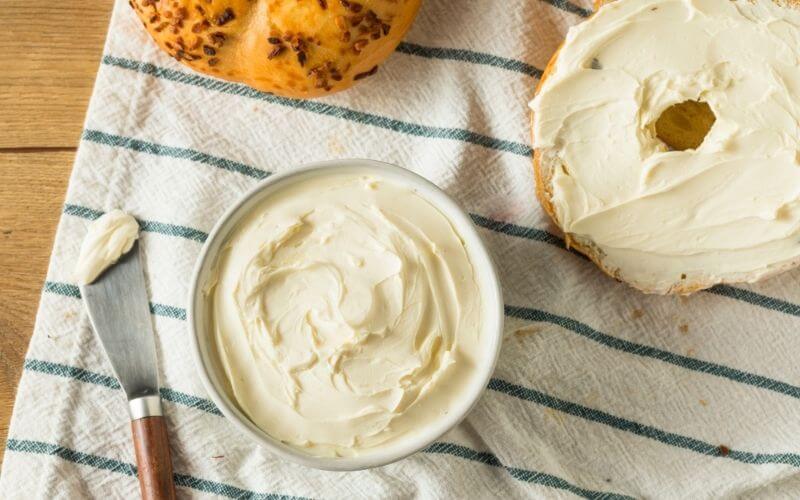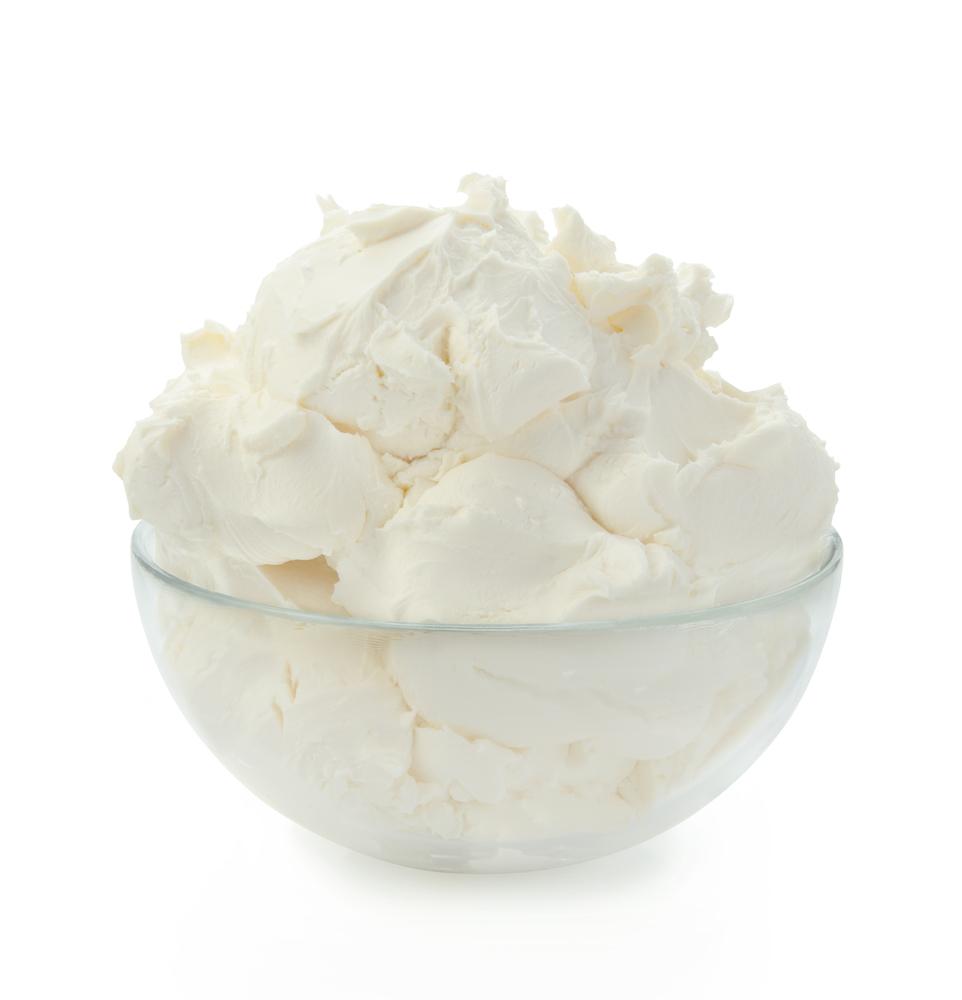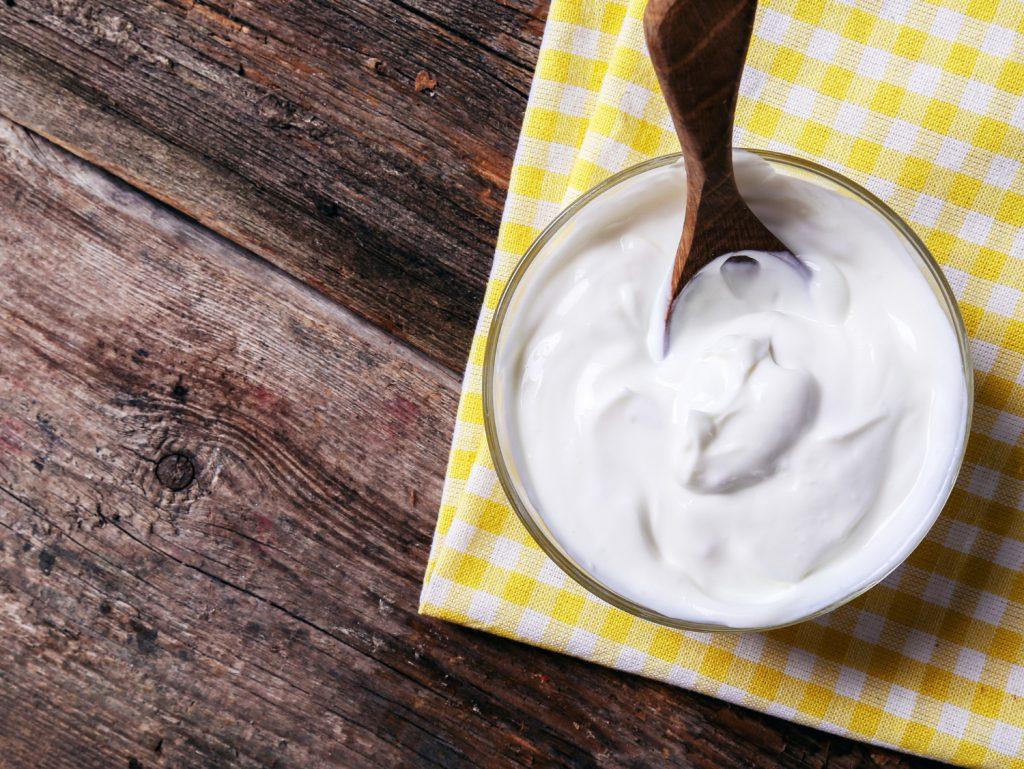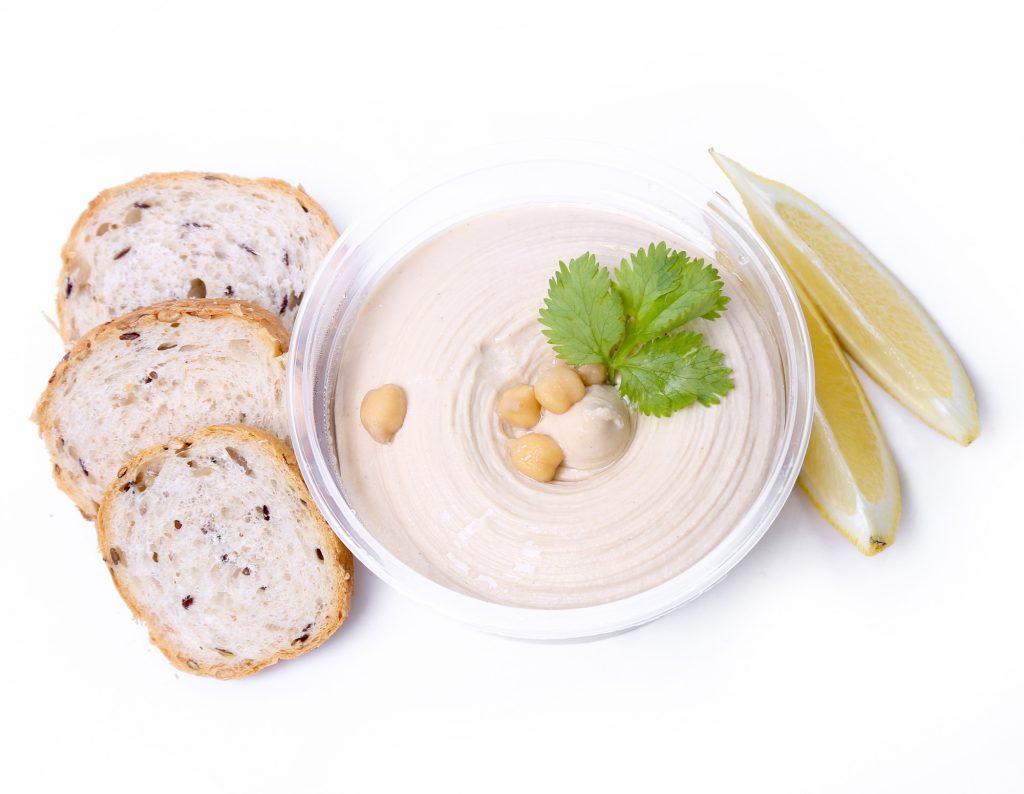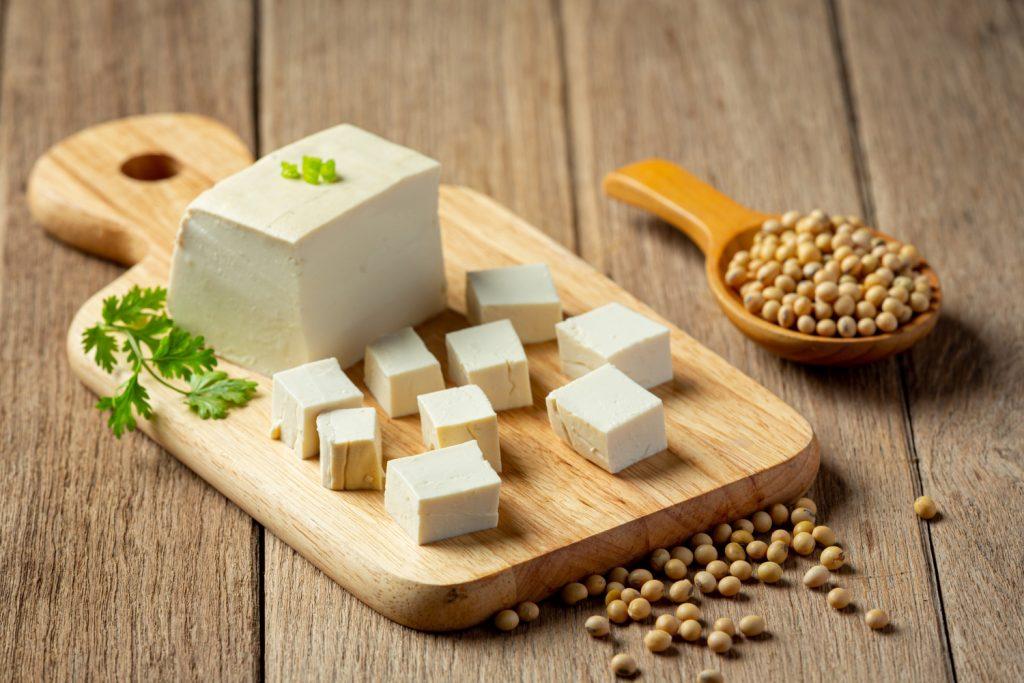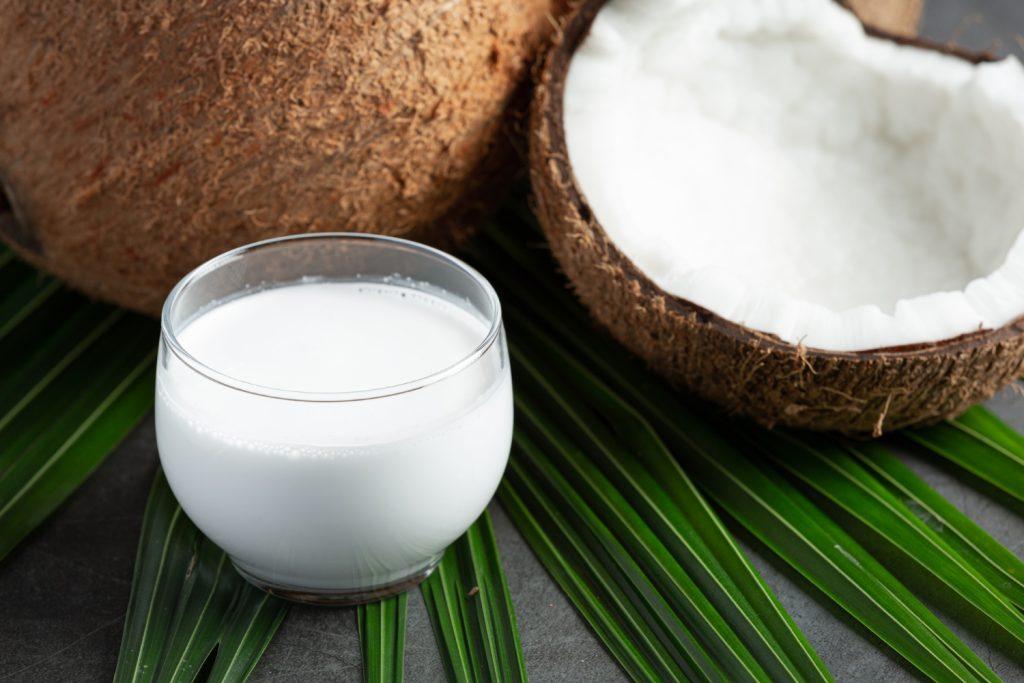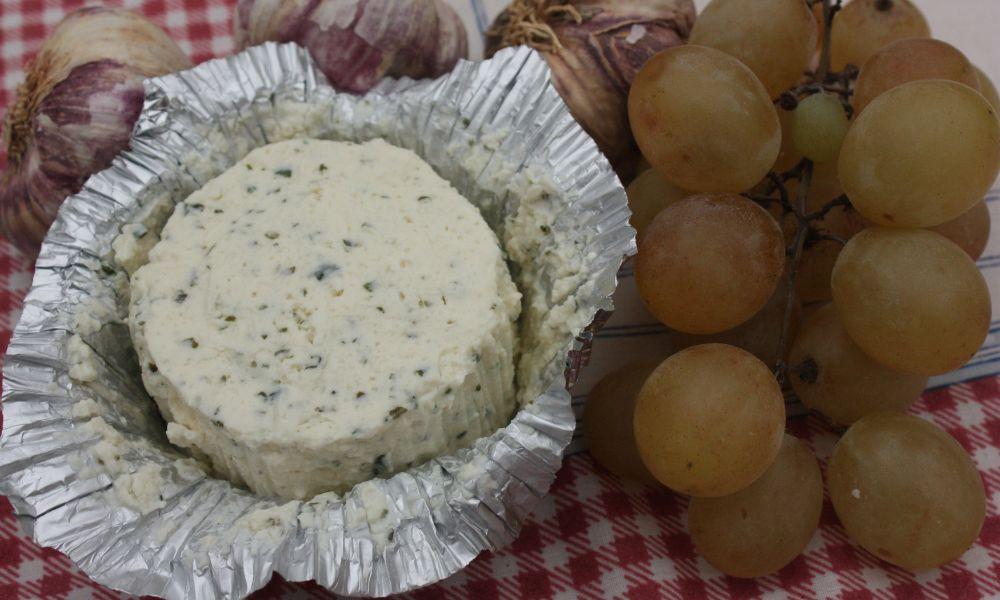Need a queso fresco substitute? Try Feta Cheese, Ricotta Salata, Queso Blanco, Paneer, Monterey Jack, Farmer’s Cheese, Pot Cheese, Cotija, Oaxaca Cheese, or Tofu. 🧀👩🍳

What is Queso Fresco?
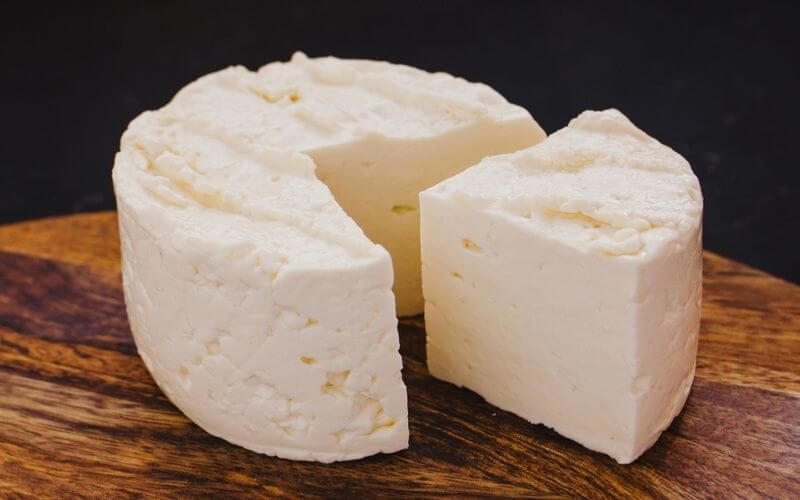
Queso Fresco, also known as Panela in Jalisco, is a popular Mexican cheese. This cheese comes from raw cow’s milk or a mix of goat and cow milk. The cheese belongs to one of two main types of white cheese in Mexican cuisine. The other type is queso blanco.
Taste & Texture 😋
Queso fresco tastes similar to ricotta and feta. The cheese offers a mild flavor and a strong sense of freshness, which is ideal for hot weather.
Uses in Food 🌮
The cheese is white and firm. This makes it a top choice for toppings. People use crumbled queso fresco on salads, tacos, and birria. You can also enjoy the cheese by itself or mix it with foods like corn, guacamole, and salsa.
Balancing Flavors 🍲
The light and slightly tangy taste of queso fresco balances rich sauces and heavy meats well. The creaminess of the cheese softens the strong flavors in Mexican dishes. Because the cheese is not very salty, it suits all palates.
Melting Qualities 🌡️
Unlike cheeses like cheddar or mozzarella, queso fresco does not melt easily. This quality is helpful when you want the cheese to maintain its shape, especially in stuffings. When baked or broiled, however, the cheese turns a beautiful golden brown. This makes it an excellent topping for enchiladas and fajitas.
What does it Taste Like?🤤
Queso Fresco, which means “fresh cheese” in Spanish, is traditionally made with raw cow’s milk or a combination of both goat and cows. This cheese tastes slightly salty but mildly tangy. It is similar to farmer’s cheeses due to its natural ingredient—milk!
10 Substitutes for Queso Fresco

Now that you know what queso fresco is and how it enhances your cooking, let’s consider some substitutes. If you need a queso fresco for your Mexican or Latin American dishes, consider one of the alternatives below. Remember, some substitutes work better than others; the best choice varies depending on the dish.
01. Feta Cheese:
[amazon box=”B07PPQHKX8″]
Feta cheese is a common and easy-to-find substitute for queso fresco. The mild taste and soft, crumbly texture of feta cheese closely match those of queso fresco. Feta cheese is also white, offering the creaminess you want.
Feta cheese is brined and aged. This process makes it tangier than queso fresco. If you want to lessen the tangy taste, consider using mild feta or rinsing the cheese block in cold water.
This cheese is made from cow’s or sheep’s milk, giving it a delicate yet tangy flavor. This rich and creamy profile pairs well with warm spices like cayenne, cumin, and paprika. The cooling and refreshing flavor of feta cheese and its soft, crumbly texture make it a good choice for most recipes that call for queso fresco.
Types of Feta Cheese 🧀
Danish feta cheese is creamier. You can slice this cheese easily without it breaking. This type of feta works well in salads or as stuffing. But avoid Greek-style cheeses, which taste too salty and tangy.
Best Uses and Not Recommended For 🍽️
Best for: Grilled dishes, stuffed peppers, salads, burritos, enchiladas
Not Recommended for: Soups and desserts
Product Recommendations 🛒
Product Recommendations: French Feta Cheese and Valbreso French Feta
Effects on Taste and Texture 🍲
Using feta cheese as a substitute can make your dish slightly tangier but still offer a rich, creamy texture. Its crumbly nature works well for toppings in your enchilada or quesadilla recipes.
Storage Tips 🏪
Store feta cheese in an airtight container in the fridge. If it’s in brine, submerge it to maintain its texture and flavor.
02. Ricotta Salata:
[amazon box=”B001LM5UB0″]
Ricotta is fluffy and soft and serves as a cream cheese substitute. Ricotta Salata is the dried, aged version of ricotta. This cheese usually comes from cow or sheep milk whey. It has a rich, milky flavor with a hint of tang and salt.
Why Choose Ricotta Salata? 🤔
Why is Ricotta Salata a good queso fresco substitute? The cheese is white, firm, and crumbly. These features make it ideal for pasta, salads, and soups.
As Ricotta Salata ages, its color becomes slightly yellow and its saltiness decreases. Keeping Ricotta Salata on hand is smart. The cheese is versatile and useful in dishes that call for queso fresco, feta, or ricotta. It works well in both homemade Mexican food and Mediterranean culinary traditions.
Usage in Dishes 🍽️
Just like feta, Ricotta Salata can replace queso fresco in any dish. The cheese browns nicely as a topping but isn’t suitable for spreading due to its dryness.
Ricotta Salata is good in chunks with baked or roasted vegetables. However, when grilled at high heat, the cheese turns grainy and gooey, which could spoil the texture of your dish.
Best Uses and Not Recommended For 📋
Best for: Salads, stews, bread stuffing, burritos, tacos
Not Recommended for: Sandwich spreads, grilled dishes
Product Recommendations 🛒
Zerto igourmet Ricotta Salata and Ricotta Salata (8.5 lb. wheel)
Effects on Taste and Texture 🍲
Ricotta Salata adds a milky, slightly tangy flavor to your dishes. Its firm, crumbly texture makes it suitable for toppings and stuffings.
Storage Tips 🏪
Keep Ricotta Salata wrapped in plastic in the fridge. For longer storage, you can also freeze it.
03. Queso Blanco: The Closest Substitute 🧀
[amazon box=”B004YVOF70″]
What could be a better substitute for queso fresco than Queso Blanco? Many people often think these two white cheeses are the same.
What is Queso Blanco Made Of? 🥛
The cheese comes from cow’s milk or a mix of cow and goat milk. It offers a mild, milky flavor without too much saltiness or tanginess. Queso Blanco’s firm texture means it will only partially melt, making it unique.
Flavor Profile and Cooking Uses 🍲
Its slight sourness makes Queso Blanco perfect for rich, heavy, and spicy dishes. The cheese holds its shape well in grilled and meaty recipes.
Queso Blanco works well as a substitute for queso fresco in crumbled cheese dip. It creates a rich and heavy dip perfect for nachos, chips, and breadsticks.
Characteristics and Versatility 👌
A good block of Queso Blanco is moisture-free and has a slightly milky sweet smell. You can crumble it over thick soups, fusion curries, and pasta. The cheese is also good diced in salads or stuffed into peppers, burritos, and tacos.
Best Uses and Not Recommended For 📋
Best for: Refried bean toppings, dips, sauces, tostadas, tacos, salads
Not Recommended for: Sandwiches and dishes requiring spreadable cheese
Effects on Taste and Texture 🍲
Queso Blanco adds a mild, milky flavor without much salt or tang. Its dry, crumbly texture is well-suited for toppings and stuffings but less so for spreads.
Product Recommendations 🛒
Velveeta Queso Blanco and Ricos White Queso Blanco Cheese Sauce
Storage Tips 🏪
Wrap Queso Blanco in plastic and store it in the fridge. Freezing it is also an option for longer storage.
04. Paneer: The Indian Alternative
[amazon box=”B00182M0CK”]
Paneer is a traditional Indian cheese that’s soft with a sweet, mild, milky flavor. In terms of taste and texture, it’s an excellent queso fresco substitute. It’s firm yet soft and doesn’t melt.
What It’s Made Of
Paneer comes from either cow or buffalo milk. Its unique balance between firmness and softness lets you cut it into squares or crumble it. It isn’t salty or tangy, so that you can use it in savory and sweet dishes.
Culinary Uses
Paneer is fresh and unaged, set with acid. It has a chewy yet crumbly texture. You can use it as a topping, add it to stews and curries, or crumble it into tacos, fajitas, and taquitos.
Cuisine Compatibility
Paneer is a common choice in Indian cooking, like queso fresco in Mexican dishes. It balances the heat and intensity of spices well.
Grilling and More
Paneer is good for grilled dishes. Its firm, chewy texture doesn’t melt but browns nicely on the surface while the inside softens. You can use paneer cubes in pizzas, skewer them with kebabs, or add them to fresh salads.
Best Uses and Not Recommended For 📋
Best for: Stews, curries, salads, burritos, tortillas, grilled dishes
Not Recommended for: Soups and sandwiches
Product Recommendations 🛒
igourmet Indian Paneer Cheese, Gopi Low-Sodium Paneer, and Royal Mahout Paneer
Effects on Taste and Texture 🍲
Paneer adds a sweet, mild, milky flavor to dishes. Its chewy and crumbly texture works well as a topping and holds up in stews and curries.
Storage Tips 🏪
Wrap the paneer in a damp cloth and store it in an airtight container in the fridge. It can last for up to a week.
05. Monterey Jack: An Aged Alternative
[amazon box=”B00X7IV66E”]
Monterey Jack is an aged cheese with a mild flavor and a semi-soft texture. It can serve as a good substitute for queso fresco.
Taste and Textural Qualities 🌶️
The cheese sports a yellow color that deepens as it ages. Typically made from full-fat or skim cow’s milk, Monterey Jack’s creamy taste and buttery texture make it a good match for hot spices like jalapenos, paprika, cayenne, and chili powder.
Availability and Use 🛒
This cheese is easy to find in most grocery stores. Its butter-like texture lets you shred it, making it ideal as both a filling and a topping.
Cooking Applications 🍴
Monterey Jack melts well, so you can use it as stuffing for burritos and enchiladas, or as a topping for tamales and tacos. Due to its high fat content, you may want to use a smaller amount than the recipe calls for.
Best Uses and Not Recommended For 📋
Best for: Tacos, burritos, fajitas, salads, and rice bowls
Not Recommended for: Soups, stews, and curries
Product Recommendations 🛒
Tillamook Monterey Jack and 365 by Whole Foods Market Shredded Monterey Jack
Effects on Taste and Texture 🍲
Monterey Jack adds a creamy, buttery flavor to dishes. It melts well, making it a good choice for dishes requiring gooey, melted cheese.
Storage Tips 🏪
Store Monterey Jack in an airtight container in the fridge. It can last up to several weeks.
06. Farmer’s Cheese: An Aged Paneer Variant
[amazon box=”B000LRH57I”]
In simple terms, Farmer’s cheese is an aged, drier version of paneer. Like queso fresco, it comes from cow, sheep, or goat milk. The cheese is white and has a milky, slightly tangy flavor.
Texture and Dietary Considerations 🍲
Its texture is dry, firm, and crumbly, resembling the dry curds in cottage cheese. The texture changes a bit depending on the milk used in production. This cheese is lactose-free due to complete fermentation, making it suitable for lactose-intolerant individuals.
Culinary Uses 👌
Its mild, milky flavor pairs well with spices, roasted vegetables, herbs, and meat. You can use it in most recipes that call for queso fresco. You can dip Farmer’s cheese with sour cream, mayo, or Greek yogurt. Farmer’s cheese can stuff dessert dishes like blintzes, pierogies, and pancakes with its mild flavor.
Best Uses and Limitations 📋
Best for: Wraps, tacos, fajitas, burritos, and as a topping or garnish
Not Recommended for: Soups, stews, and curries
Impact on Taste and Texture 🍽️
Farmer’s cheese adds a milky and slightly tangy flavor to dishes. Its dry, crumbly texture is suitable for toppings or fillings.
Product Recommendations 🛒
How to Store 🏪
Keep Farmer’s cheese in an airtight container in the fridge. It can last for up to two weeks.
07. Pot Cheese: A Cottage Cheese Variant
Pot cheese is a variation of traditional cottage cheese. It earned its name from farmers and home cooks making cheese in a pot on the stove. Pot cheese curds are larger than those in cottage cheese.
Characteristics and Texture🧀
The cheese has a thicker, richer consistency than cottage cheese but is drier. You can make it from cow, sheep, or goat milk. The texture resembles that of Farmer’s cheese.
Moisture Content and Shelf Life
Pot cheese has high moisture, making it soft and crumbly. Because it’s fresh and wet, consume it within a few days. Its flavor is like ricotta, cottage, and Farmer’s cheese, making it a good substitute in cooking.
Ideal Uses in Desserts
Pot cheese’s sweet, milky taste suits pies, blintzes, and other desserts. Add pot cheese to cheesecake and soufflé batters for moisture and richness. It also enhances cookies and other baked goods.
Versatility in Meals
Chunks of pot cheese can stuff bread, serve as an omelet filling, or go in quiches and salads. Season pot cheese with fresh herbs and olive oil as a side or dip.
Best Uses and Not Recommended For 📋
Best for: Salads, fillings, baked foods like lasagna and stuffed shells, and desserts
Not Recommended for: Stews, soups, grilled dishes
Product Recommendations: Fairway Market Pot Cheese
Effects on Taste and Texture 🍲
Pot cheese adds a milky and slightly sweet flavor. Its soft, crumbly texture works well as a filling or topping.
Storage Tips 🏪
How to store:
Store pot cheese in an airtight container and consume it quickly, usually within a few days.
08. Cotija:
[amazon box=”B00AFYKYIO”]
Cotija is another Mexican cheese suitable as a queso fresco substitute. It is made from cow’s milk and has a salty flavor and a crumbly, firm texture.
Cotija comes in two forms: fresh and aged. The fresh type of Cotija is soft and hand-torn into chunks. Aged Cotija resembles Parmesan and requires a cheese slicer or grater for serving. For substituting queso fresco, go with the fresh kind.
Culinary Characteristics 👌
Cotija’s non-melting feature makes it ideal for stuffing in wraps, burritos, and similar dishes. Cotija enhances dishes like tostadas, chicken Tinga, corn, and refried beans as a garnish. Since Cotija doesn’t melt, use it as a queso fresco substitute in Mexican-fusion pasta and pizza recipes. The cheese also pairs well with cheesy kabob skewers, grilled meats, and baked or roasted vegetables.
Considerations 📝
While Cotija can replace feta and other Mexican cheeses, remember it’s saltier. You should use less Cotija or cut down on additional salt.
Best Uses and Limitations 📋
Best for: Salads, baked dishes, Mexican/Spanish cooking, elote, grilled items
Not Recommended for: Desserts, soups
Impact on Taste and Texture 🍽️
Cotija adds a salty, crumbly texture to a wide range of dishes.
Product Recommendations 🛒
El Mexicano Queso Cotija and Cheesemakers Queso Cotija Cheese.
How to Store 🏪
Keep Cotija in an airtight container in the fridge for optimal freshness.
09. Oaxaca Cheese:
[amazon box=”B079C6CDSS”]
Completing the Mexican cheese trio with queso fresco and Cotija, Oaxaca offers another substitute option. Home cooks will find it conveniently available. Oaxaca is white and soft, made from cow’s milk, resembling queso fresco.
Flavor and Texture 🍲
Its sweetish, mellow flavor features buttery notes that complement spicy and savory dishes. Oaxaca’s texture resembles mozzarella—soft, stretchy, and good at melting. Oaxaca is an excellent substitute if you need both Monterey Jack and queso fresco.
Culinary Versatility 👌
Oaxaca fits into Mexican, Spanish, Latin American, and fusion dishes as a quintessential Mexican cheese. It melts into a rich, gooey texture and holds its shape, making it suitable for baked meals. It is a topping for lasagna, pasta, and even open-faced breakfast sandwiches. For using Oaxaca, shred it using a grater or slice it using a cheese knife. If the cheese is fresh and soft, tearing it into chunks with your fingers is also possible.
Best Uses and Limitations 📋
Best for: Enchiladas, salads, chiles rellenos, quesadillas, queso fundido, baked dishes
Not Recommended for: Grilled foods, desserts
Product Recommendations 🛒
Quesillo Real De Oaxaca Cheese, Oaxaca El Mexicano TriPack, and Cafe De Olla Real De Oaxaca
Impact on Taste and Texture 🍽️
Oaxaca brings a sweetish, mellow flavor and a soft, stretchy texture to dishes.
Storage Tips 🏪
Store Oaxaca in an airtight container in the fridge to keep it fresh.
10. Tofu: Vegan Alternative 🌱
[amazon box=”B000LKZ86K”]
Are you searching for a vegan alternative to queso fresco? Tofu is your answer. Making tofu involves curds of soy milk, similar to many regular cheeses.
Versatility in Cuisine 🌍
Tofu comes in different varieties: soft, firm, and extra firm. Initially common in Southeast Asian cuisine, tofu replaces cheese, meat, and eggs in various dishes. You can use it in desserts and spicy, savory recipes alike.
How to Use Tofu 🍴
Tofu serves as a versatile replacement for queso fresco in numerous recipes. Crumble it as a topping, use it for stuffing, or add it as a filling. Unlike other cheeses, tofu remains solid when baked. For recipes that call for a crumbly texture, like enchiladas, stews, or fusion curries, opt for firm or extra-firm tofu.
Best Uses and Limitations 📋
Best for: Stews, fajitas, tacos, burritos, baked dishes, desserts
Not Recommended for: Soups, curries
Product Recommendations 🛒
Mori-Nu Silken Extra Firm Tofu and Clearspring – Organic Japanese Tofu
Impact on Taste and Texture 🍽️
Tofu adds a neutral flavor and firm texture to dishes, especially when using the firm or extra-firm variety.
Storage Tips 🏪
Keep tofu in an airtight container in the fridge to extend its freshness.
Properties and Nutritional Profiles
When considering alternatives to queso fresco, looking at their Chemical and Physical Properties and nutritional profiles is essential. Here’s a breakdown of common substitutes and what they offer:
| Cheese Substitute | Chemical and Physical Properties | Calories (per 100g) | Protein (g) | Fat (g) | Sodium (mg) | Calcium (mg) | Health Benefits | Dietary Considerations |
|---|---|---|---|---|---|---|---|---|
| Feta Cheese | Crumbly, salty, semi-soft | 264 | 14 | 21 | 1100 | 500 | Rich in calcium | High in sodium |
| Ricotta Salata | Firm, salty, aged | 337 | 15 | 25 | 900 | 450 | Protein, calcium | High in sodium |
| Queso Blanco | Soft, mild, non-melting | 310 | 21 | 25 | 650 | 650 | Protein source | Moderate sodium |
| Paneer | Soft, mild, crumbly | 260 | 18 | 20 | 55 | 200 | Low in sodium | High in fat |
| Monterey Jack | Aged, semi-soft, melting | 380 | 25 | 30 | 800 | 760 | Calcium, protein | High fat, high sodium |
| Farmer’s Cheese | Dry, firm, crumbly | 300 | 28 | 20 | 500 | 800 | Protein, calcium | Lactose-free |
| Pot Cheese | High moisture, soft, crumbly | 280 | 24 | 18 | 400 | 600 | Lower in fat | Consume quickly |
| Cotija | Salty, crumbly, firm | 360 | 22 | 30 | 900 | 500 | Calcium, protein | High in sodium |
| Oaxaca | Soft, stretchy, melting | 320 | 26 | 25 | 600 | 700 | Calcium, protein | Moderate fat and sodium |
| Tofu | Soft to extra-firm, versatile | 70 | 8 | 4 | 50 | 130 | Low in fat | Vegan, low in sodium |
Queso Fresco vs Cotija: How Do They Square Up?
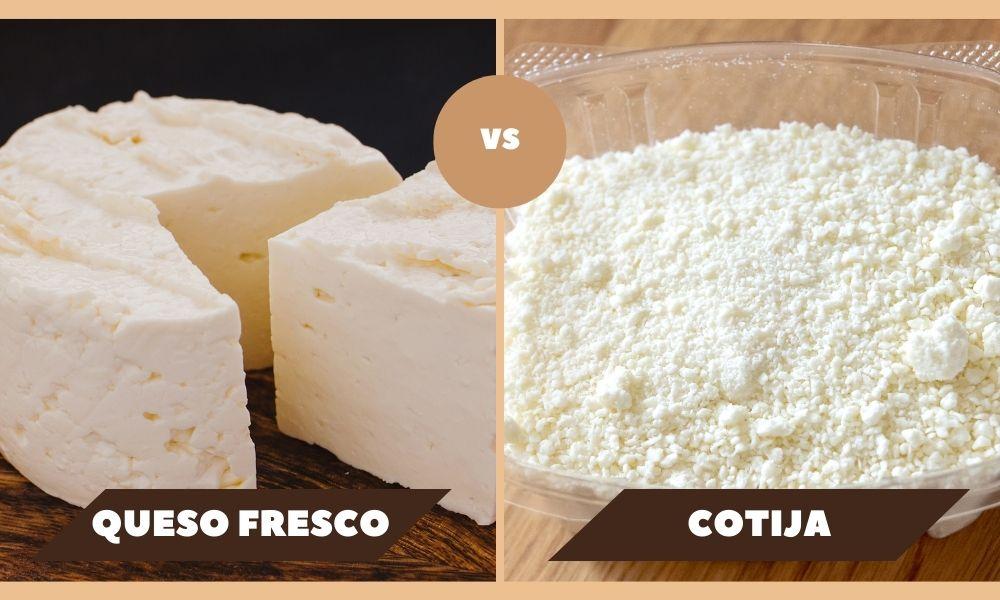
Since queso fresco and cotija are common in Mexican food, you might wonder if they are the same. At first look, queso fresco and cotija seem alike. However, queso fresco and cotija differ slightly in what they are made of and how they taste. Here’s how they compare:
| Feature | Queso Fresco | Cotija |
|---|---|---|
| Made From | Cow’s milk, usually full-fat and raw | Cow’s milk, can be skim milk too |
| Taste | Mild, subtle milky flavor | Mild when fresh, tangy when aged |
| Texture | Soft, moist | Soft, a bit drier than queso fresco |
| Melt-ability | Turns creamy when heated, doesn’t fully melt | Holds shape, turns crisp when heated |
| Aging | Sold fresh | Available in both fresh and aged types |
| Common Use | Topping, fillings, sauces | Topping, grating over dishes |
How They are Made:
Queso fresco and cotija come from cow’s milk. Queso fresco is soft moist, and you can buy it fresh. In contrast, cotija comes in both aged and fresh types.
Taste:
Fresh queso fresco and cotija taste pretty alike. Both have a mild, milky flavor. But aged cotija tastes more tangy. Some even call it the Parmesan of Mexican cheeses.
Texture and Melt-ability:
Both queso fresco and cotija are soft and moist, as stated before. Queso fresco turns creamy and rich when heated but does not fully melt. It also gets a nice brown color when you grill or broil it as a topping. Cotija is a bit drier than queso fresco. So, when you heat it, it turns crisp and brown instead of gooey.
Queso Fresco vs Mozzarella: Is Queso Fresco Similar To Mozzarella?
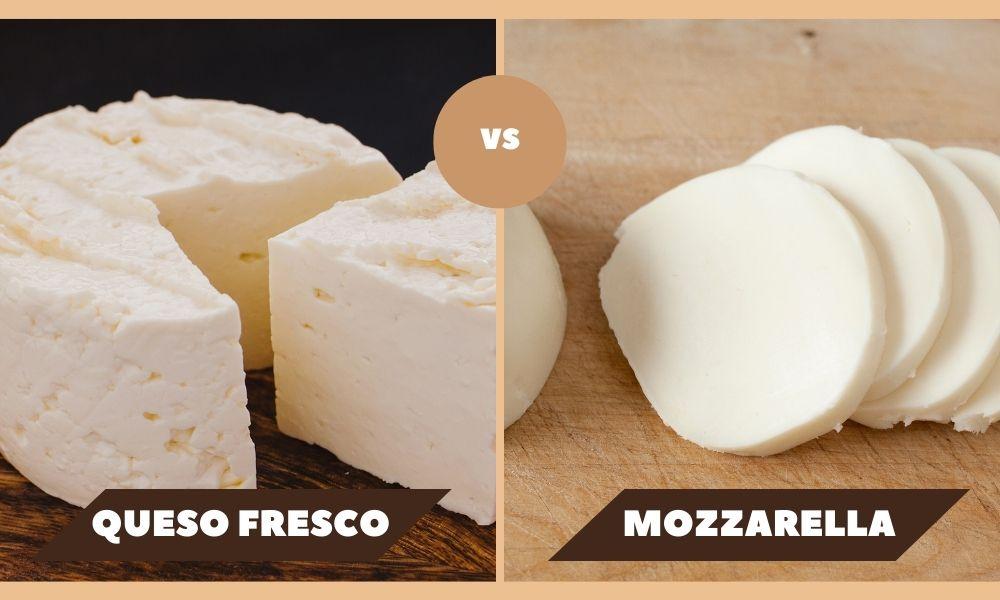
No, the two cheeses are quite distinct from one another.
| Feature | Queso Fresco | Mozzarella |
|---|---|---|
| Taste | Bold flavor, tangy aftertaste | Milky with a slight tang |
| Similar Cheeses | Feta, Ricotta | Gouda, Cheddar |
| Good Substitutes | Feta, Ricotta (based on similar cheeses) | Gouda, Cheddar (based on similar cheeses) |
Queso fresco has a bolder flavor, and leaves a tangier aftertaste. In contrast, mozzarella is milky with a slight tang.
Queso fresco is more similar to feta and ricotta cheese. Meanwhile, mozzarella is more similar to gouda or cheddar cheese. If you’re looking to substitute these two cheeses, use our suggestions!
Queso Fresco and Its Substitutes in Particular Recipes
Here are some ways you can replace queso fresco in particular dishes, along with the Popular Dishes where queso fresco commonly appears:

Popular Dishes with Queso Fresco
- Tacos: Crumbled queso fresco often serves as a topping.
- Enchiladas: Used in the filling or as a topping.
- Salads: Adds a creamy, tangy element to various salads.
- Chiles Rellenos: Often included in the stuffing for these stuffed peppers.
Substitutes for Queso Fresco in These Dishes
- Tacos: Feta cheese can replace queso fresco for a similar crumbly texture.
- Enchiladas: Ricotta offers a creamy alternative.
- Salads: Cottage cheese can offer a less tangy but creamy option.
- Chiles Rellenos: Monterey Jack and Parmesan blend can mimic the flavor and texture.
Vegan Alternatives for Queso Fresco

Finding a suitable alternative to queso fresco can be crucial for those following a Vegan Diet or Dietary Restrictions.
Here, you’ll find some Plant-based solutions that can mimic the texture and flavor of queso fresco. These vegan cheese options serve as excellent plant-based substitutes for traditional dairy-based cheeses.
Plant-Based Substitutes for Queso Fresco in Dishes
- Almond Cheese: This is a good choice for nut-based, dairy-free options. Almond cheese has a crumbly texture similar to queso fresco.
- Tofu: It can mimic the texture of queso fresco quite well, especially if you season it to taste. Tofu is one of the most common animal product alternatives.
- Cashew-Based Cheese: These usually come in soft, spreadable forms and can be crumbled if chilled.
- Coconut-Based Cheese: It can offer a unique flavor twist and works well in various plant-based cuisine recipes.
- Nutritional Yeast: While not a direct substitute, nutritional yeast can provide a cheesy flavor to dishes where queso fresco is used as a topping.
Vegan-Friendly Dishes Using Queso Fresco Alternatives
- Vegan Tacos: Use almond cheese or tofu as a topping.
- Vegan Enchiladas: Cashew-based cheese can make the filling creamy.
- Vegan Salads: Nutritional yeast can add a cheesy note.
- Vegan Chiles Rellenos: Coconut-based cheese can work well in the stuffing.
Adapting to a vegan diet doesn’t mean abandoning your favorite dishes. These vegan-friendly options can let you enjoy the essence of queso fresco while adhering to your dietary needs.
DIY Guide: Making Homemade Queso Fresco and Substitutes
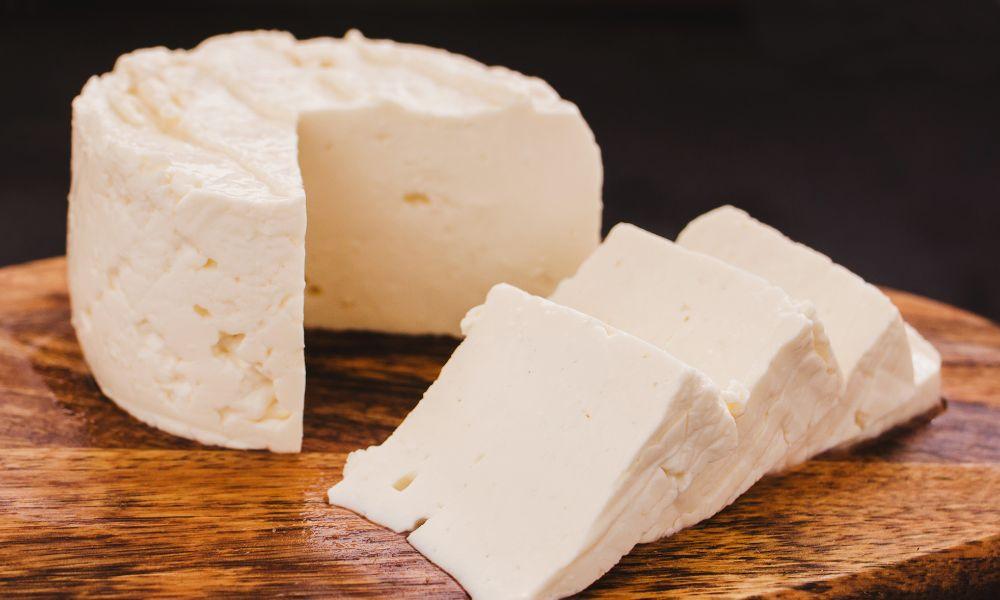
Making Homemade Queso Fresco is more manageable than it might seem. You can easily indulge in DIY dairy at home with suitable cheese recipes and some simple cheese-making tips.
We will walk you through creating your cheese, including queso fresco and some notable substitutes like homemade feta.
Making Homemade Queso Fresco
Ingredients:
- 1-gallon whole milk
- 1/4 cup white vinegar
- Salt to taste
Steps:
- Heat the milk to 185°F in a large pot, stirring constantly.
- Add the vinegar and continue to stir until curds start to form.
- Use a slotted spoon to transfer curds to a cheesecloth-lined strainer.
- Sprinkle salt over the curds.
- Tie the cheesecloth and let it hang for about 5 hours to drain excess liquid.
Congratulations! You’ve just made fresh homemade dairy in the form of queso fresco.
Making Homemade Feta as a Substitute
Ingredients:
- 1-gallon goat’s milk
- 1/4 cup lemon juice
- Salt to taste
Steps:
- Heat the goat’s milk to 185°F in a large pot.
- Add the lemon juice and wait for the curds to form.
- Follow the same draining process as with queso fresco, but age the cheese in a brine solution for a week for that characteristic feta tang.
Cheese-Making Tips
- Use Fresh Milk: The fresher the milk, the better the cheese.
- Temperature Control: Ensure to maintain a consistent temperature while heating the milk.
- Taste as You Go: Feel free to adjust the salt and acidity levels during cheese-making.
Additional Recipes for Homemade Cheese
Homemade Ricotta: Use the same method as queso fresco, but skip the draining step to keep it moist.
Homemade Cheddar: This requires specialized cultures and an aging process, but it’s a rewarding challenge for those keen on cheese making at home.
With these simple steps and tips, you can enjoy a variety of recipes for homemade cheese. Whether you’re a novice or a seasoned pro, homemade cheese is an adventure worth taking.
Cheese Pairing Guide

Whether you’re looking to impress at a Fine Dining event or elevate your culinary game, knowing how to pair cheese with other foods and drinks can make all the difference. This guide aims to introduce you to Sophisticated Flavors and offer practical hosting tips for creating perfect pairings.
Wine Pairing with Cheese
- Brie: A classic soft cheese that pairs well with a glass of Chardonnay.
- Gouda: This Dutch cheese is perfect with a Red Bordeaux.
- Blue Cheese: Best served with a sweet wine like Port or Sauternes.
Cheese Platter Combos
- Manchego and Quince Paste: A popular Spanish combination.
- Camembert and Fresh Figs: Offers a blend of sweet and earthy notes.
- Chèvre and Honey: A combination of tangy and sweet that never fails to impress.
Taste Pairing for a Cheese Board
- Smoked Gouda and Cured Meats: The smoky flavors of the cheese complement the saltiness of the meats.
- Roquefort and Dark Chocolate: An unusual but delectable combination.
- Parmesan and Nuts: The nutty undertones make for a satisfying crunch.
Party Snacks with Cheese
- Mozzarella Sticks: A crowd-pleaser, especially with marinara dipping sauce.
- Cheese and Olive Skewers: Easy to make and offer a burst of Mediterranean flavors.
- Cheese-Stuffed Jalapeños: Adds a spicy kick to your cheese platter.
Gourmet Combinations for Fine Dining at Home
- Truffle Brie and Prosciutto: The earthy richness of truffle-infused brie pairs beautifully with the salty prosciutto.
- Ricotta and Roasted Beets: A match made in culinary heaven.
- Stilton and Pears: The pungency of the cheese is softened by the sweetness of ripe pears.
You can create an elegant cheese board entire of sophisticated flavors by mastering the art of taste pairing. This guide should help you discover gourmet combinations perfect for fine dining at home. With these tips, you’ll become an expert in crafting unforgettable culinary experiences.
FAQs
Below you’ll find answers to questions we get asked the most about queso fresco substitutes.If you’re looking to prolong the life of your queso fresco, check out our guide on can you freeze queso fresco for useful storage tips.
01. What is Similar to Queso Fresco?
Cheeses like cotija, paneer, and feta are very similar to Mexican cheese.
02. Is Queso Fresco Similar to Mozzarella?
Mozzarella has a certain salty flavor, is drier, and melts very easily, and becomes stringy when heated. This makes it pretty different from fresco cheese which is softer and won’t melt easily.
03. Does Queso Fresco Taste Like Feta?
Feta tastes very similar to queso fresco but has tangier notes. However, you can rinse out a block of feta to tone down the tangy flavor.
04. What Can I Use Instead of Mexican Cheese?
If you don’t have any Mexican cheeses on hand, it is best to use something like paneer, halloumi, or ricotta Salata. If all else fails, you can easily make a batch of potted cheese at home.
05. Does Queso Fresco Melt Well?
Queso fresco doesn’t melt easily and becomes softer. Because of this, you shouldn’t use queso fresco if you need melting cheese.
06. Can I Substitute Feta for Queso Fresco?
Feta is a great substitute for queso fresco as they have a very similar appearance, taste, and texture.
07. What is Crumbled Queso Fresco?
Tearing chunks of queso fresco and roughly tearing or crushing it to bits with your fingers is known as crumbled queso fresco. This makes a great topping for various dishes.
08. What Can I Do with Queso Fresco Cheese?
Queso fresco is a very versatile cheese and can be used in cheese sauces and dips, as a topping or garnish, as a stuffing in rolls and wraps, and in salads and sandwiches, as well as grilled and baked dishes.
09. Is Cotija Cheese the Same as Queso Fresco?
Cotija is very similar to fresco cheese, but they aren’t exactly the same. Cotija is a little more aged than queso fresco and this causes subtle changes in taste and texture.
10. Can I Substitute Queso Fresco for Cotija Cheese?
Yes! Queso fresco and cotija can be used interchangeably in most cases.
Before You Leave
Mexican cooking is full of delights and the world of traditional cheeses is delicious and fascinating. Although some of them are harder to find, thanks to this article you now know what you can use as a queso fresco substitute.
Keeping track of what you are making and the properties of the cheese needed will also help you pick a substitute that comes the closest to fresco cheese.
If that doesn’t work, just use whichever one of these alternatives you have on hand. After all, it’s cheese and we love cheese, no matter what kind it is!
